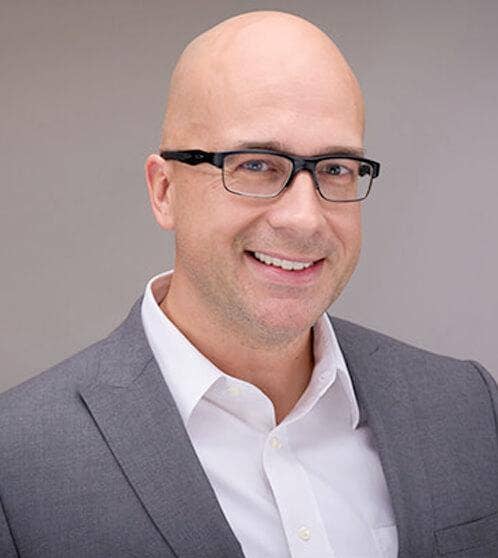Axcient CEO: Avoid Ransom Payments With Backup, Disaster Recovery
“To get to the point where you never have to pay ransom, you’ve got to start thinking about your backup and disaster recovery service exactly the same as a managed [security] solution,” said Axcient CEO David Bennett.

Axcient CEO David Bennett said coupling a multi-layered security strategy with a similar approach to backup and disaster recovery will help businesses escape the impact of ransomware.
The Denver-based Disaster-Recovery-as-a-Service provider said the incidence of ransomware has grown by 118 percent on a year-over-year basis, with nearly 80 percent of attacks relying on a human element such as social engineering or CEO fraud, Bennett said. And paying the bad guys money to fix the problem they created only serves to a put a target on an organization’s back.
“It’s absolutely impossible to keep up with all the threats,” Bennett said Wednesday during NexGen 2019, hosted by CRN parent The Channel Company. “The bad guys are never going to stop, and they’ll continue to do what they can to put you out of business.”
[Related: Axcient CEO Eyes Security Alliances]
Businesses have long relied on a layered approach to security, Bennett said, marrying endpoint, network, email, web, mobile and data security together to provide complete protection across a multitude of surfaces. Organizations need to start thinking about backup and disaster recovery as a comprehensive set of tools rather than a single product or offering, according to Bennett.
“To get to the point where you never have to pay ransom, you’ve got to start thinking about your backup and disaster recovery service exactly the same as a managed [security] solution,” Bennett said.
Axcient’s layered approach to backup and disaster recovery brings together business continuity, cloud-enabled file services, the Axcient cloud, Disaster Recovery as a Service, and Office 365 protection, Bennett said. The last piece is particularly important since cloud products like Office 365 don’t promise that users or companies will get their information back in the event of a security incident, he said.
Vendors have also made life difficult for backup and disaster recovery customers by having different user interfaces and licensing models across their various products, Bennett said. In addition, Bennett said service providers hated having to charge their customers more every time their storage capacity grew.
Bennett said he’s focused on usability since taking over as Axcient’s CEO in February, reducing the number of SKUs across the company’s entire portfolio from 1,500 to just 11. And the company soon plans to launch a single look and feel across its entire technology stack regardless of the product or service being used, according to Bennett.
These moves are intended to make it easier for solution providers to take the layered approach they’ve already adopted in the security world and extend it to the backup world, Bennett said. That’s because they’ll no longer have to learn four or five different pieces of technology or four or five different ways to bill or license people.
In addition, Bennett said Axcient products now come with unlimited storage and unlimited retention, meaning that the company will retain customer data indefinitely as long as they remain a subscriber. As a result, Bennett said customers will pay the same price to Axcient regardless of how long they want the vendor to hang onto their data.
“This is all centered around making your life easier,” Bennett said.
Ransomware attacks are a major source of concern for solution providers since a successful intrusion results in a reputational and trust loss for the MSP, according to Baran Schultz, CEO of Pottstown, Penn.-based Schultz Technology. And customers tend to become very concerned about ransomware once they’re educated on just how destructive it could potentially be to their business, Schultz said.
Integrating backup and disaster recovery into an organization’s ransomware protection strategy is a forward-thinking approach that effectively uses new and emerging technologies to better safeguard customers, Schultz said. Plus moving away from on-location backups to cloud and SaaS-based backup tools will better align partners with the migration that’s already occurring with customer workloads.
“The days of legacy technology are coming to an end,” Schultz said.